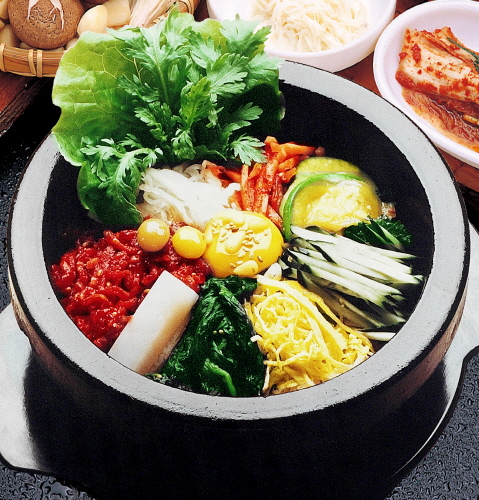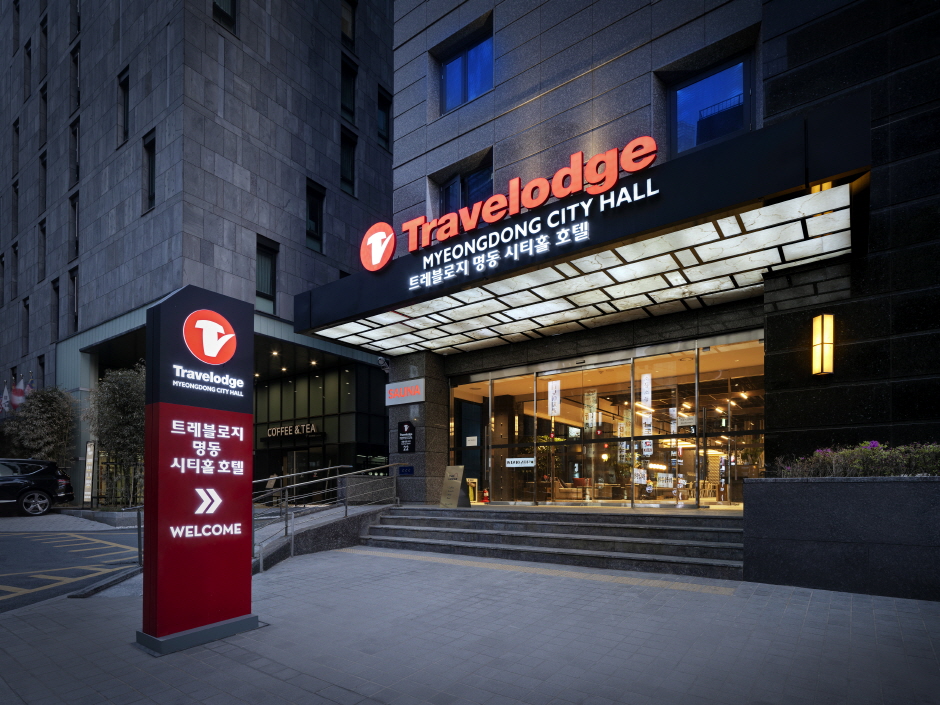CU - Koreana Hotel Branch [Tax Refund Shop] (cu코리아나호텔점)
2.0Km 2024-06-26
135, Sejong-daero, Jung-gu, Seoul
-
Olens - Yaksu Branch [Tax Refund Shop] (오렌즈 약수)
2.0Km 2024-04-23
#103, 117, Dasan-ro, Jung-gu, Seoul
-
Jeonju Hoegwan (전주회관)
2.0Km 2019-08-31
32-1, Sejong-daero 14-gil, Jung-gu, Seoul
82-2-778-6689
Well-known among both Koreans and foreigners, this restaurant has been specializing in traditional Korean dishes for more than 50 years. Its gopdol bibimbap is patented and also the most popular dish in the restaurant.
Olive Young - Sejong-ro Branch [Tax Refund Shop] (올리브영 세종로)
2.0Km 2024-04-16
161, Sejong-daero, Jongno-gu, Seoul
-
E-Mart 24 - The Bank Of Korea Branch [Tax Refund Shop] (이마트24 한국은행)
2.0Km 2024-04-18
9, Namdaemun-ro 5-gil, Jung-gu, Seoul
-
Travelodge Myeongdong City Hall (트레블로지 명동 시티홀)
2.0Km 2021-06-25
22, Sejong-daero 16-gil, Jung-gu, Seoul
+82-2-6362-6000
Travelodge Myeongdong City Hall provides excellent and efficient customer services as well as convenient amenities for the comfort of all their guests. The hotel is only 3 minutes’ walk away from City Hall Station, and its location benefits both tourists and business travelers alike as it offers various transportation options with Seoul's popular tourist attractions in the vicinity, such as Deoksugung Palace and Namdaemun Market. The hotel features a sauna session and spa services to relieve stress and put one's body and mind at ease after a busy day of traveling.
Godiva - Gwanghwamun Branch [Tax Refund Shop] (고디바 광화문점)
2.0Km 2024-04-22
1F, to 3F, 159, Sejong-daero, Jongno-gu, Seoul
-
Nature Collection - Gwanghwamun Branch [Tax Refund Shop] (네이처컬렉션 광화문)
2.0Km 2024-04-18
1F, 105, Saemunan-ro, Jongno-gu, Seoul
-
Good Morning Eyewear [Tax Refund Shop] (굿모닝안경)
2.0Km 2024-04-22
61, Namdaemunsijang-gil, Jung-gu, Seoul
-
Space Moda [Korea Quality]스페이스 모다[한국관광 품질인증]
2.0Km 2025-05-15
19-17 , Samseongyo-ro 6-gil, Seongbuk-gu, Seoul
+82-10-9952-0152
Space Moda is a quiet, modernized hanok nestled in an alley in Seonggwak Village next to Naksan Park in Seongbuk-gu, Seoul, and is let out as a single house. The guesthouse aims for zero waste and low energy use, and encourages sustainable travel. A small yard serves as a resting place for travelers. Guests will enjoy exploring the neighborhood’s many cafes, restaurants, and bars, all a short walk away; while transportation access is good, with Hansung University Subway Station nearby. There is a car park a short distance away.

![Olens - Yaksu Branch [Tax Refund Shop] (오렌즈 약수)](http://tong.visitkorea.or.kr/cms/resource/53/2889253_image2_1.jpg)

![E-Mart 24 - The Bank Of Korea Branch [Tax Refund Shop] (이마트24 한국은행)](http://tong.visitkorea.or.kr/cms/resource/78/2878578_image2_1.jpg)

![Godiva - Gwanghwamun Branch [Tax Refund Shop] (고디바 광화문점)](http://tong.visitkorea.or.kr/cms/resource/25/2878225_image2_1.jpg)
![Nature Collection - Gwanghwamun Branch [Tax Refund Shop] (네이처컬렉션 광화문)](http://tong.visitkorea.or.kr/cms/resource/54/2888854_image2_1.jpg)
![Space Moda [Korea Quality]스페이스 모다[한국관광 품질인증]](http://tong.visitkorea.or.kr/cms/resource/80/3490980_image2_1.jpg)
 English
English
 한국어
한국어 日本語
日本語 中文(简体)
中文(简体) Deutsch
Deutsch Français
Français Español
Español Русский
Русский